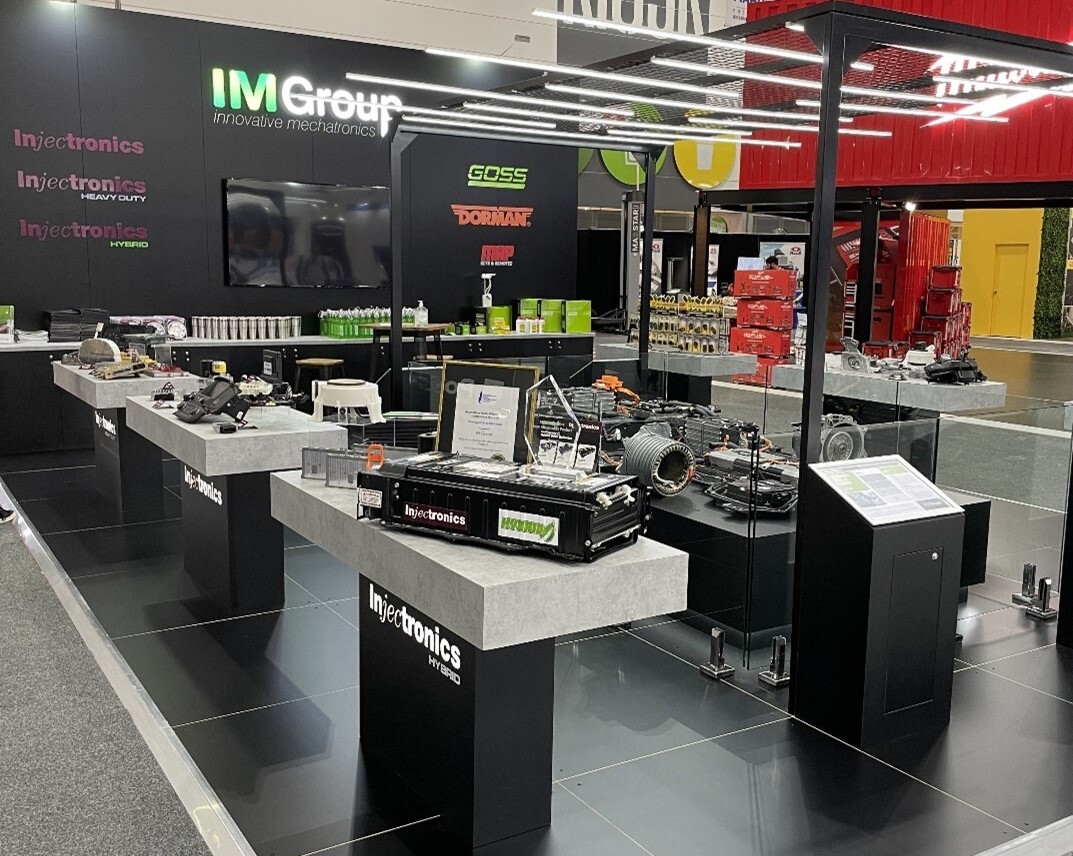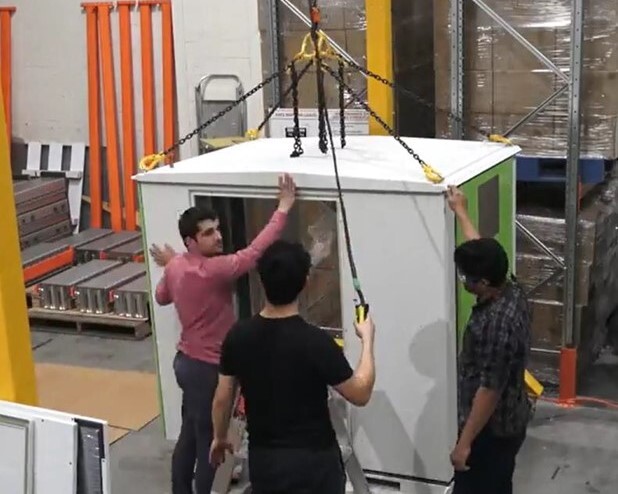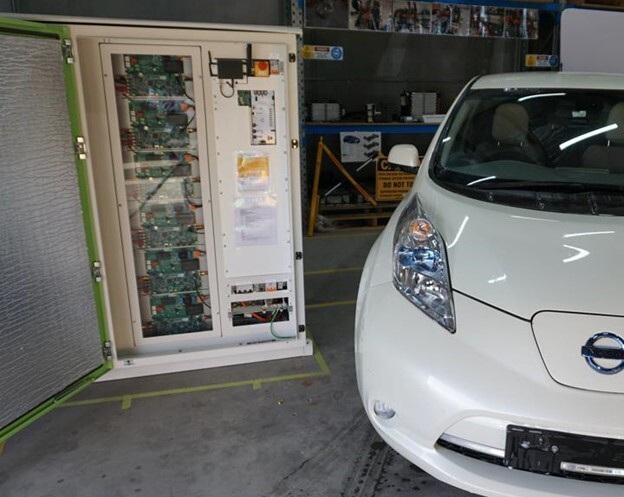Funded project – A sustainable business model for retired electric vehicle batteries
Developing a circular economy business model to create Australia’s first scalable reuse and recycling program for retired lithium-ion batteries from electric vehicles.
Background
Circular Energy Storage (CES) developed a business plan for Australia's first scalable reuse and resource recovery program for retired lithium-ion batteries from electric vehicles (EVs). Innovative Mechatronics Group (IMG) will partner with Relectrify (Vic) and world-renowned experts Circular Energy Storage Research and Consulting (UK) to implement a feasibility study.
With lithium-ion batteries becoming an increasingly significant part of the EV waste stream, there is a pressing need for sustainable end-of-life management solutions. After researching international markets, IMG recognized the opportunity to lead Australia's investment in circular economy solutions for these batteries.
The project designed, developed, tested, and launched a business model for Australia's first scalable reuse and resource recovery program for retired EV lithium-ion batteries.
Innovative Mechatronics Group is now a member of ABRI (Association for the Battery Recycling Industry) and BSC (Battery Stewardship Council).
Stages
| 10/11/2021 | Finalised project and communications plans; recruited consultant |
| 31/03/2022 | Developed business case covering supply, demand, capabilities, systems, and customer journey |
| 30/04/2022 | Completed first prototype build |
| 30/05/2022 | Conducted project evaluation and created product roadmap |
| 30/06/2022 | Executed marketing and promotion strategy |
| 31/07/2022 | Completed evaluation, scale investment, and launch |
| 31/07/2022 | Conducted final project evaluation |
Challenges
Regulatory and Certification Challenges
The engagement with the electricity/utility company to install the unit took longer than usual and their support was less than adequate. Despite the unit being successfully tested and operational in other countries, including the US and several states, an exemption was not granted. As a result, full certification was required, which was outside the original scope of the project. The product was too novel and is now a topical discussion with many government departments as there will be an increase in these types of products. Additionally, the COVID-19 pandemic caused delays in certification, further contributing to the challenges encountered.
Outcomes – what worked?
The success of the project lies in the confirmation of Australia's first scalable reuse and resource recovery program for retired EV lithium-ion batteries. This program repurposes EV batteries as a by-product of the electric vehicle industry, transforming them into Energy Storage Systems (BESS).
The pilot program with Sustainability Victoria targets a market-focused commercial industry with a typical energy usage of over 40,000 kWh a year to maximise the reduction in CO2 and savings in energy drawn from the grid for a net benefit for Victoria and Australia’s ecosystem.
The pilot program has demonstrated savings of approximately $4,025 annually and a reduction of 17.19 tons of CO2 equivalent emissions.
When renewable energy, such as Solar PV and BESS, are combined, the environmental and financial benefits are even greater. The savings, compared to relying solely on the energy grid, are calculated at 95.55 tons of CO2 equivalent and around $18,500 per year—almost double the anticipated savings.
This process ensures an environmentally friendly approach to reducing CO2 emissions while creating jobs and a sustainable ecosystem. The benefit of the SV program is not only the potential saving of CO2 but the sustainable application of EV battery application beyond initial automotive use, including a sustainable economy while ensuring the proper handling of the EOL process.
What’s next?
- Partner with automotive industry organisations.
- Create a "one-stop-shop" solution for end-of-life batteries.
- Provide immediate solutions when traction batteries fail.
- Transform an emerging challenge into an opportunity by collaborating with multiple OEMs.
- Implement our reuse, repurpose, and recycle process to maximize battery value throughout their lifecycle.
“Funding from allowed us to prove that a scalable, commercially viable, and sustainable model for battery reuse exists. This has led to measurable energy savings and reductions in CO2 emissions, making a significant contribution to both our business and the environment."
 Energy storage system made with retired EV batteries.
Energy storage system made with retired EV batteries. 

